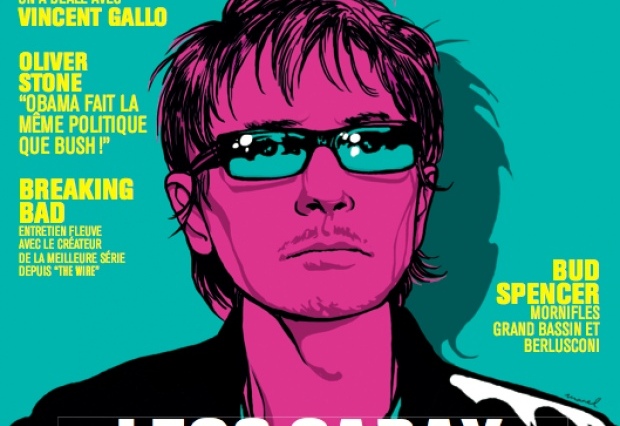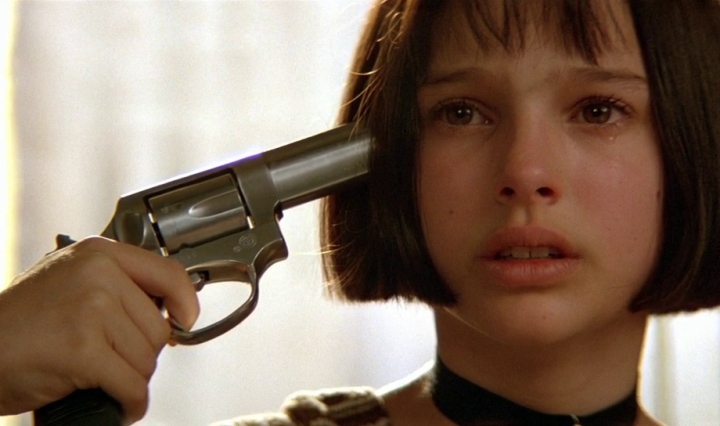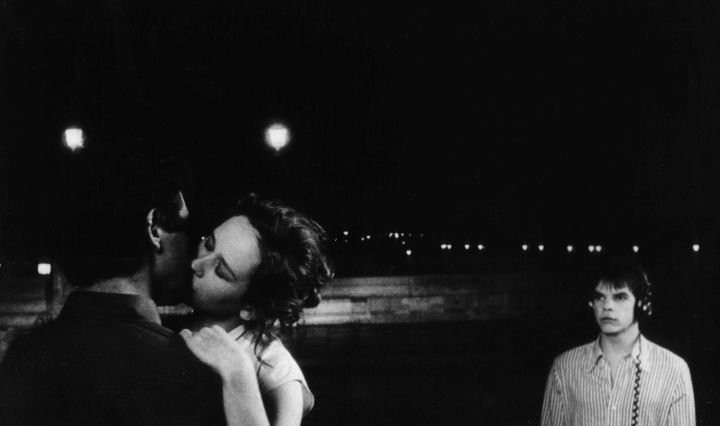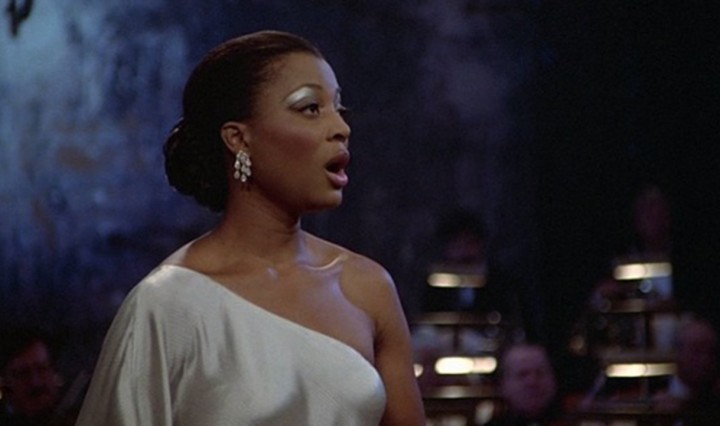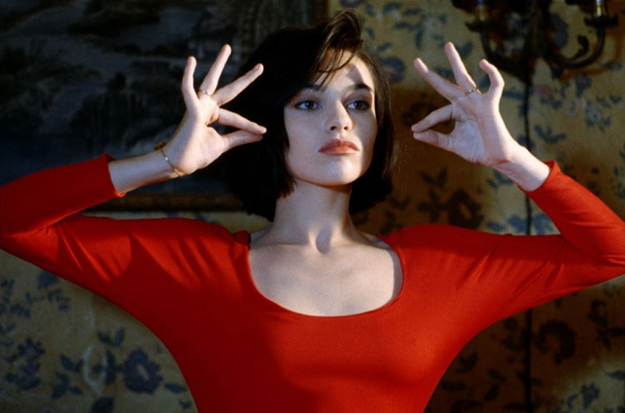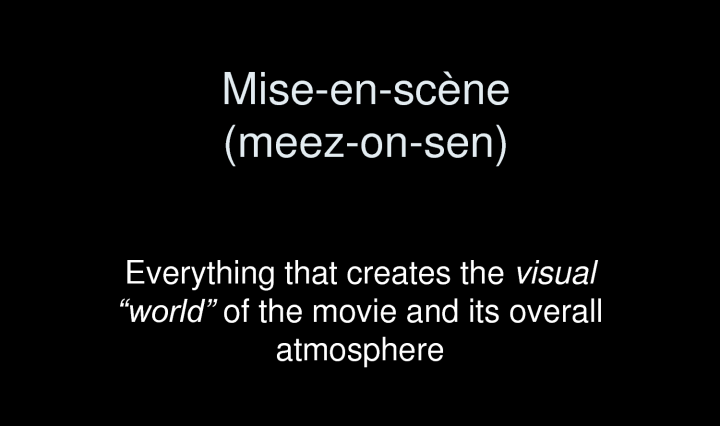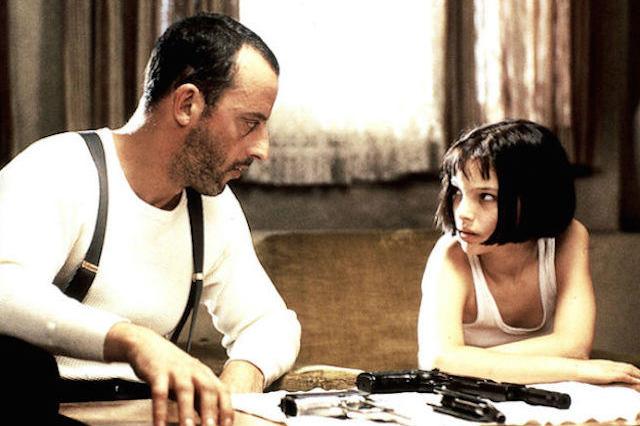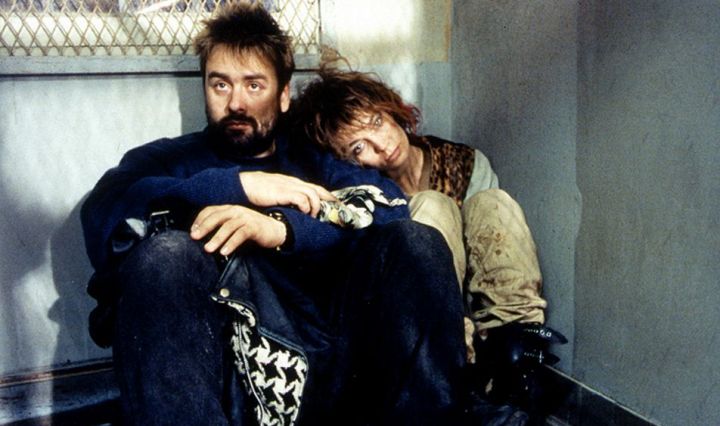
Genre Overview
Cinema du Look was a French film movement from the 1980s into the 1990s. As implied by the movement’s name, the focus of cinema du look was the “look,” or the visual aesthetic of the films. Filmmakers focused in on the underbelly of French society as well as French pop culture, creating a distinct visual atmosphere. Critics of cinema du look have accused filmmakers of using the philosophy of “style over substance,” concentrating on the mastery of technical aspects rather than story and character. However, cinema du look does have a distinct story aesthetic that parallels the visual and technical … Continue reading Genre Overview
